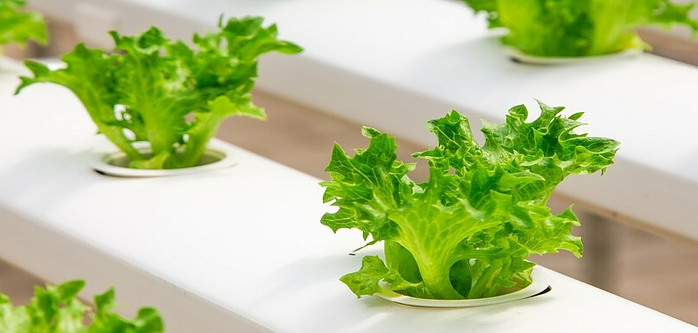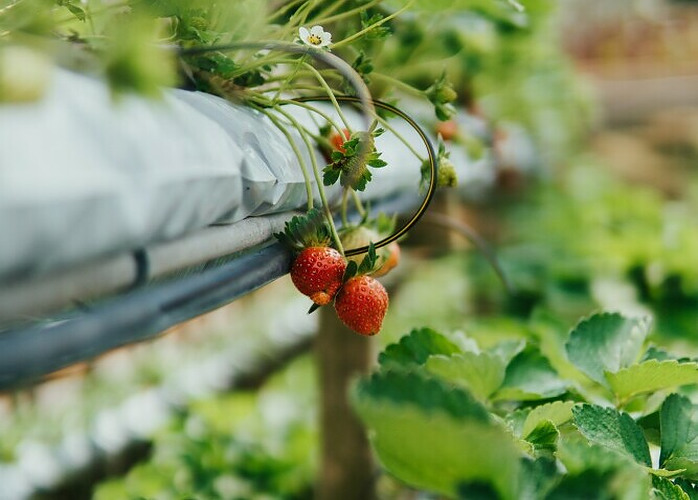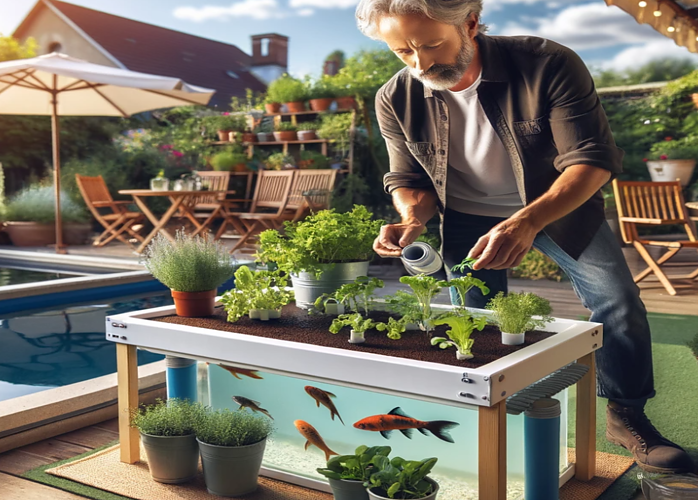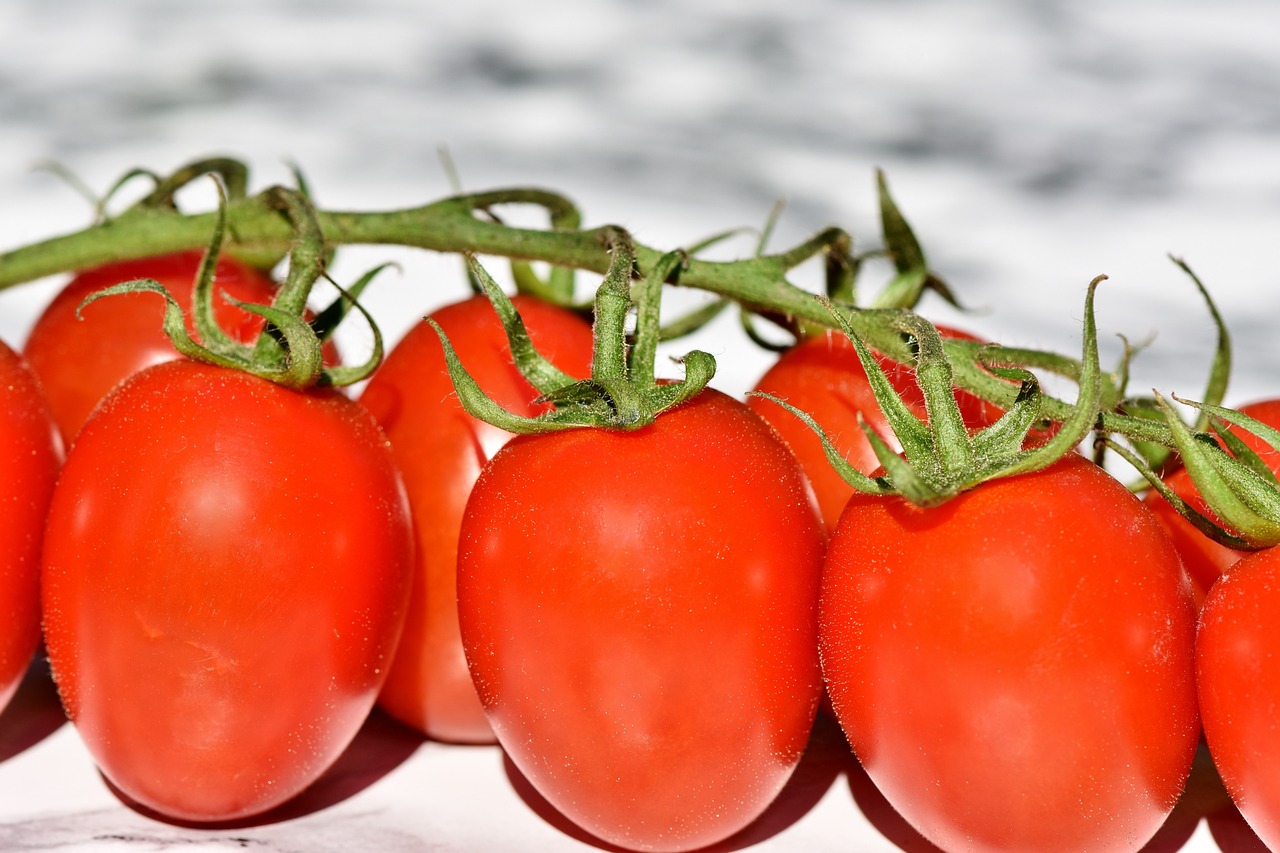 Sustainable farming is no longer just a niche interest; it’s a necessity as populations grow and resources dwindle. Among the strategies rising to meet this challenge, two stand out: hydroponics and aquaponics. Both offer innovative takes on cultivation without soil, but they each have unique features and benefits.
Sustainable farming is no longer just a niche interest; it’s a necessity as populations grow and resources dwindle. Among the strategies rising to meet this challenge, two stand out: hydroponics and aquaponics. Both offer innovative takes on cultivation without soil, but they each have unique features and benefits.
Hydroponics harnesses the efficiency of growing plants in a nutrient-laden water solution, a method that’s been gaining traction among both commercial and hobbyist growers. On the other side, aquaponics adds another layer to this system by integrating fish into the equation. The allure of these methods lies in their potential to use limited water and space more effectively than traditional farming.
Understanding these systems is the first step toward recognizing their potential impact on our food systems. This article aims to clarify what sets hydroponics and aquaponics apart, offering insights into which method might be the right fit for different types of growers and why each system might be chosen for particular scenarios.
Delving into Hydroponics: The Soilless Marvel
Imagine growing plants without the need for soil. That’s hydroponics. In my research and experience, hydroponics is a method of growing plants using mineral nutrient solutions in a water solvent. This technique allows plants to thrive with their roots directly immersed in nutrient-rich solutions, eliminating the need for traditional soil.
One significant benefit of hydroponics is space savings. Plants can be grown closer together compared to traditional soil gardens, leading to higher yields in smaller areas. This is particularly advantageous in urban settings, where space is a premium commodity.
Farmers and enthusiasts employ various types of hydroponic systems. Each system—whether it be wick systems, deep water culture, or aeroponics—serves different needs and scales of operation. What unites them all is the careful control of the nutrient solution, which is tailored to maximize growth and production for specific plant types.
Now, despite its apparent simplicity, the real magic of hydroponics lies in the science of the nutrient solution. The exact composition of minerals necessary for optimal plant growth must be meticulously maintained. This ensures that plants get precisely what they need for photosynthesis and essential functions without the unpredictability of soil-based nutrients.
Efficient and bountiful, hydroponics holds promise for addressing food security in regions with limited arable land. Its adoption continues to climb, as does interest in cutting-edge and complementary farming techniques, which leads me to its aquatic cousin – aquaponics.
 Exploring Aquaponics: A Symbiotic Ecosystem
Exploring Aquaponics: A Symbiotic Ecosystem
Aquaponics is an ingenious farming approach that marries aquaculture with hydroponics. It’s compelling because it models nature’s method, creating a balanced environment where fish and plants thrive together. In aquaponics, fish waste supplies the nutrients plants need to grow, and in turn, plants purify the water for fish. It’s a closed-loop system that’s efficient and eco-friendly.
The synergy in an aquaponic system is fascinating. Fish produce waste that would otherwise need to be removed, but here, it’s natural fertilizer for the plants. The plants, with their roots submerged in water, filter and clean this water, which then circulates back to the fish tanks. This process mimics a natural ecosystem and can be as simple as a small, indoor setup or as large as a commercial operation.
One might consider aquaponics if they are looking for an environmentally responsible way to farm. It uses significantly less water than traditional soil-based growing because the water is recirculated and conserved within the system. Plus, since no soil is used, there are fewer pests, which means less need for harmful pesticides.
To keep an aquaponic system healthy, balance is crucial. The number of fish, the amount of food they receive, and the volume of plants all need to be aligned. It requires constant monitoring and adjustment to ensure the fish are healthy and the plants are getting the right amount of nutrients. It is, without a doubt, a more complex setup compared to traditional hydroponics, but the benefits of running a symbiotic system often outweigh the complexities.
Comparing Greens and Gills: Key Differences and Considerations
In comparing hydroponics and aquaponics, it’s clear that while both have unique benefits, they also present distinct challenges. Hydroponics offers precise control over nutrient levels and the environment, making it a popular choice for urban farmers and those who have limited space. It requires less monitoring of pH levels than aquaponics and generally has a simpler setup, but it does require the purchase and management of nutrient solutions, which can become costly.
Aquaponics, on the other hand, stands out for its sustainable approach to food production. Integrating fish and plants creates a symbiotic environment where waste produced by fish supplies nutrients to the plants. This reduces the need for external nutrients, aligns closely with natural ecosystems, and can bring great satisfaction to farmers who appreciate a more holistic approach to agriculture.
In terms of water efficiency, both systems use significantly less water than traditional soil-based farming, but aquaponics has the edge because the water circulates between the fish and the plants, making it a nearly closed-loop system. When it comes to the complexity of the system and daily maintenance, aquaponics is generally more involved due to the need to care for live fish, which may deter some potential users.
Ultimately, the choice between hydroponics and aquaponics will hinge on your personal goals, resources, and commitment to environmental impact. If you’re looking for a streamlined, space-efficient method that gives maximum control over plant growth, hydroponics might be the best fit. If you’re drawn to creating a self-sustaining ecosystem and are willing to invest more in setup and learning, then aquaponics could be a rewarding endeavor.
Considering the above points, you may now have a better grasp of which system aligns with your farming aspirations and practical circumstances. Remember, whether you choose to go with the flow of fish or prefer keeping your greens strictly to the grow beds, your efforts contribute to the transformation of food production towards a more sustainable future.

